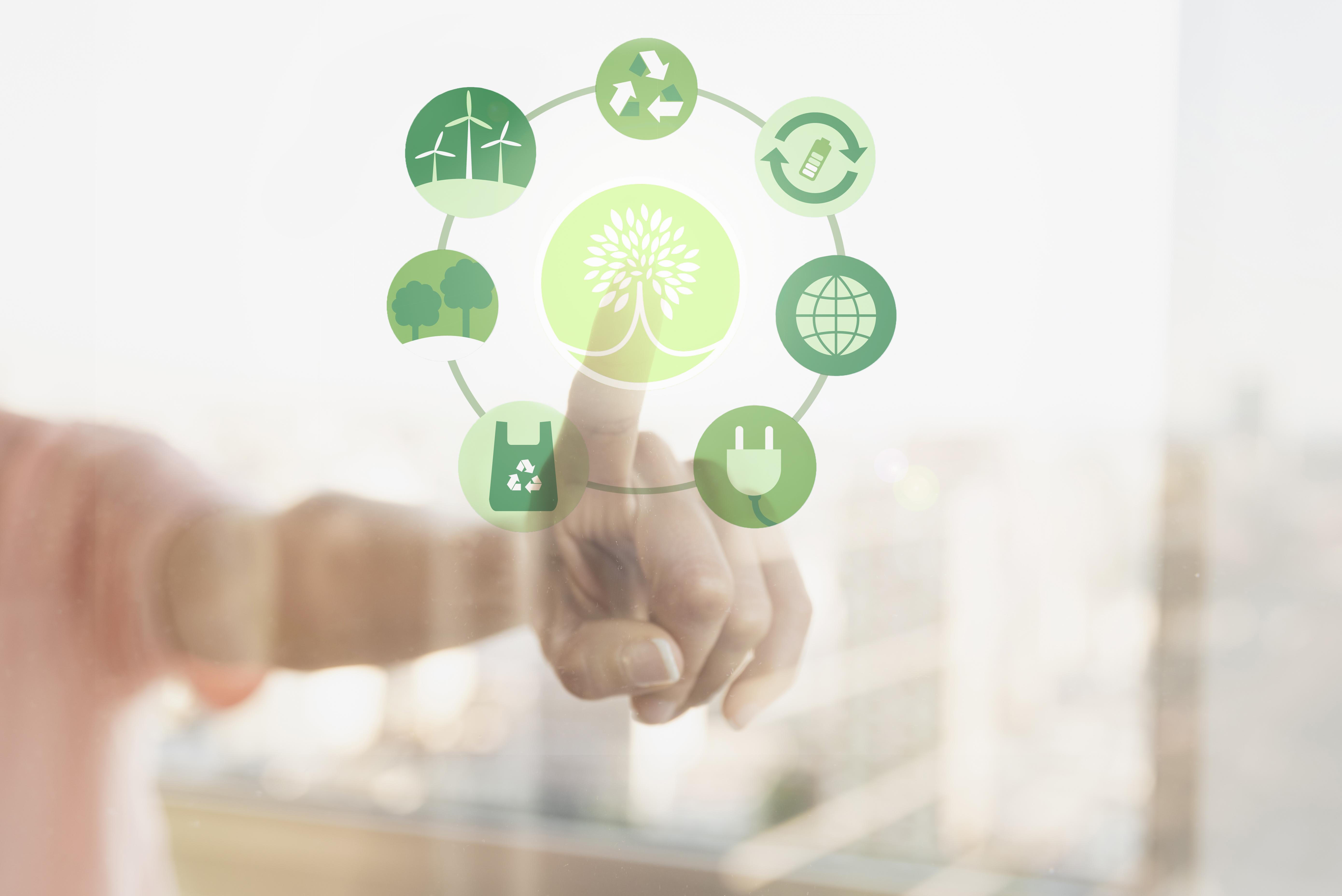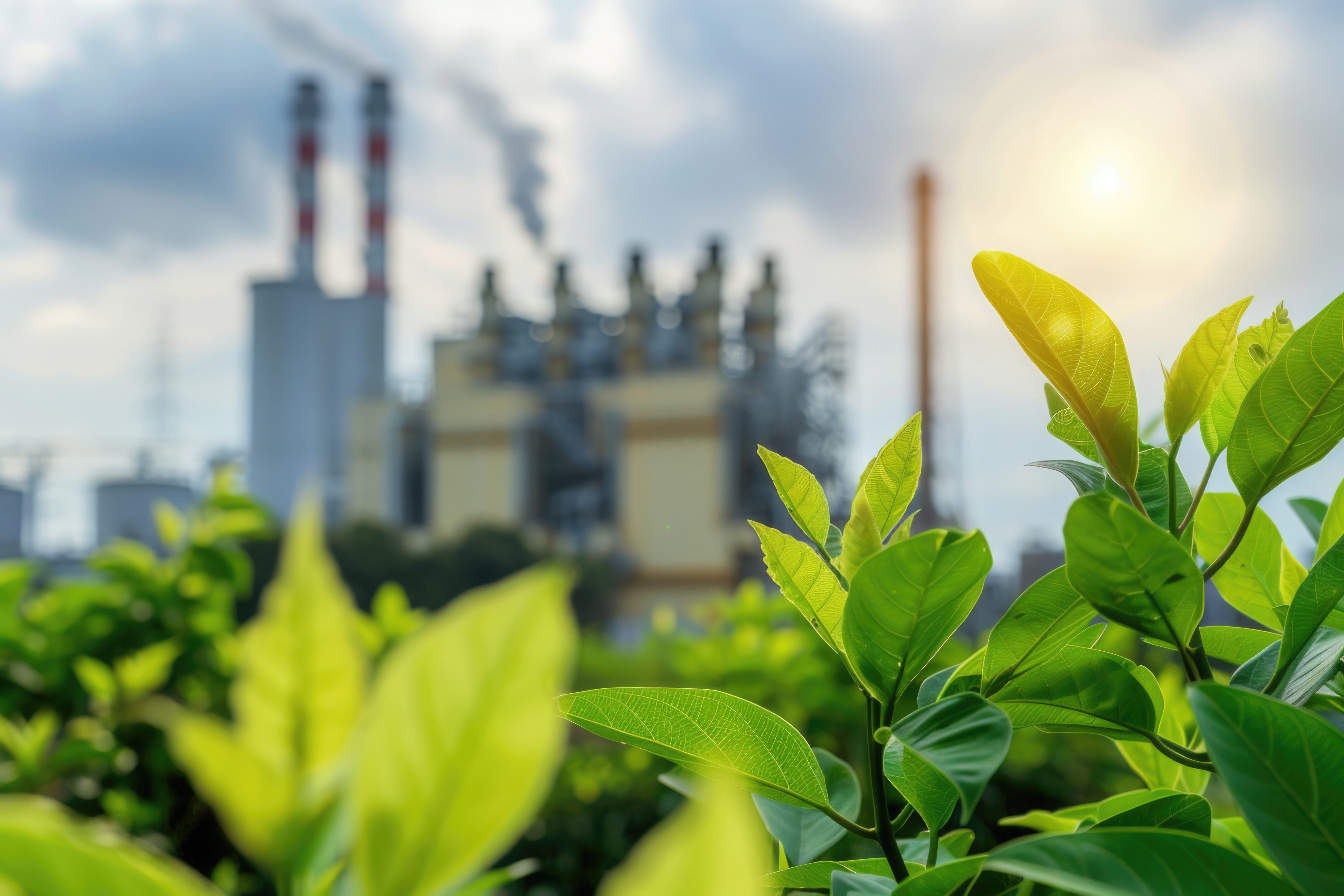Environmental Monitoring refers to the process of observing, measuring, and tracking various aspects of the environment to understand the changes occurring and ensure ecosystem sustainability. The main goal of is to obtain accurate and up-to-date data on environmental conditions, including water, air, soil, and biodiversity parameters. In its activities, key aspects commonly monitored include water, air, soil, biodiversity, climate, limnology, pollution, and responses to natural disasters.
Environmental Monitoring can be conducted in various ways, including direct field monitoring, the use of automated sensor equipment, satellite image analysis, and the use of mathematical models to predict future environmental conditions. Data collected from the activities can assist decision-makers in planning and implementing sustainable environmental policies.
The Role of Environmental Monitoring in Sustainable Fisheries
Fisheries play a crucial role in providing a food source for millions of people worldwide. However, to ensure sustainable fisheries and prevent significant declines in fish populations, a data-driven and scientific approach is needed. This is the primary role of environmental monitoring in sustainable fisheries, aiming to maintain the balance of marine ecosystems and protect valuable natural resources.
- Identifying Sustainable Fishing Zones: It is essential to understand the environment around fishing zones. Environmental monitoring can help identify areas vulnerable to overexploitation or those functioning as crucial areas for the recovery and protection of fishery resources.
- Monitoring Sea Climate Conditions: Climate change can significantly impact the distribution and abundance of fish species. Environmental monitoring provides insights into sea water temperature, current patterns, and other climate changes, helping fisheries companies and researchers predict ecosystem changes and take necessary adaptive measures.
- Identifying Changes in Water Quality: Good water quality is crucial for the survival of fish and the overall marine ecosystem. Water quality monitoring involves measuring parameters such as dissolved oxygen levels, acidity, and the presence of contaminants. This helps identify potential pollution risks that could harm fishery resources.
- Evaluating the Health of Coral Reefs and Other Marine Ecosystems: Fisheries are often closely related to other ecosystems, such as coral reefs. Environmental monitoring helps identify the health of coral reefs, migration patterns of related species, and the impact of fisheries on the broader marine ecosystem.
- Population-Based Fishery Management: Data collected through environmental monitoring provides a strong foundation for fishery population management. This includes population estimates, determination of minimum catch sizes, and setting sustainable catch quotas.
- Empowering Fishers with Real-Time Information: Environmental monitoring technology can provide real-time information to fishers, helping them make better decisions on where and when to catch fish. This not only improves catch results but also ensures sustainable fishing practices.
- Supporting Monitoring of Illegal Fishing: Environmental monitoring can also be used to detect and prevent illegal fishing. With advanced technology, law enforcement can use monitoring data to identify illegal activities and protect fishery resources.
- Ecosystem Engineering for Sustainability: Based on environmental monitoring data, ecosystem engineering practices can be applied to improve marine ecosystem conditions. This may include the construction of artificial coral reefs, planting seaweed, or other efforts to restore marine ecosystems.
Environmental monitoring is a crucial tool in maintaining sustainable fisheries and protecting marine ecosystems. By understanding environmental changes and ecosystem dynamics, appropriate actions can be taken to ensure fishery resources are preserved for future generations. This involves the full engagement of governments, fisheries industries, and communities to ensure that sustainable fishing practices become the norm rather than the exception. With this approach, the necessary balance for the sustainability of fisheries and the Earth’s sustainability can be achieved.
For more information on inspection and audit services and the Fisheries sector, you can read our articles here. If you and your company need more information about our services, feel free to contact and consult with us here.






